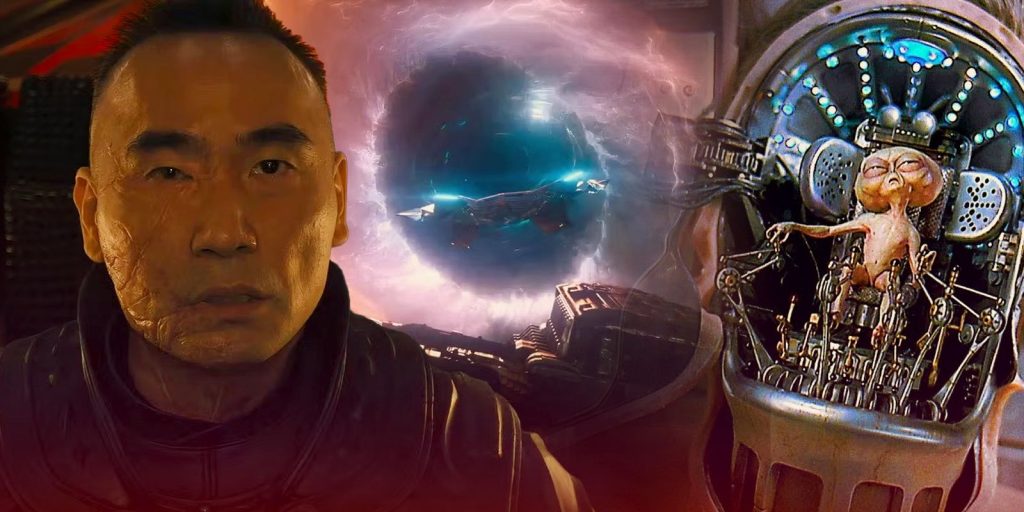The following reveals spoilers for Star Trek: Section 31, now streaming on Paramount+.
Star Trek: Section 31 is basically a caper film in outer space, with a team assembled under Michelle Yeoh’s former Mirror Universe Empress Philippa Georgiou to stop an apocalyptic device from falling into the wrong hands. The movie has great fun with the squad, constituting various little-seen species from the Star Trek franchise, as well as legacy characters like Rachel Garrett in their younger days. That includes a turncoat, working with the villains, and giving the protagonists a mystery to solve before they’re betrayed.
In this case, it’s literally the smallest member of the group: a sentient parasite named Fuzz controlling a robotic simulacrum of a Vulcan. He stands as one of the film’s most original choices, which makes it a reasonably bold choice that he should prove a villain. It also allows actor Sven Ruygrok to continue in the role, since another (presumably more benevolent) parasite could occupy the same apparatus. The concept, however, has been done before. 1997’s hit Men in Black similarly features a tiny alien piloting a human-shaped bot, providing Section 31 with a solid blueprint to develop their own take on the concept.
Tiny Aliens Don’t Appear Often in Star Trek
Production Realities Tend to Limit Characters to Human-Sized Only
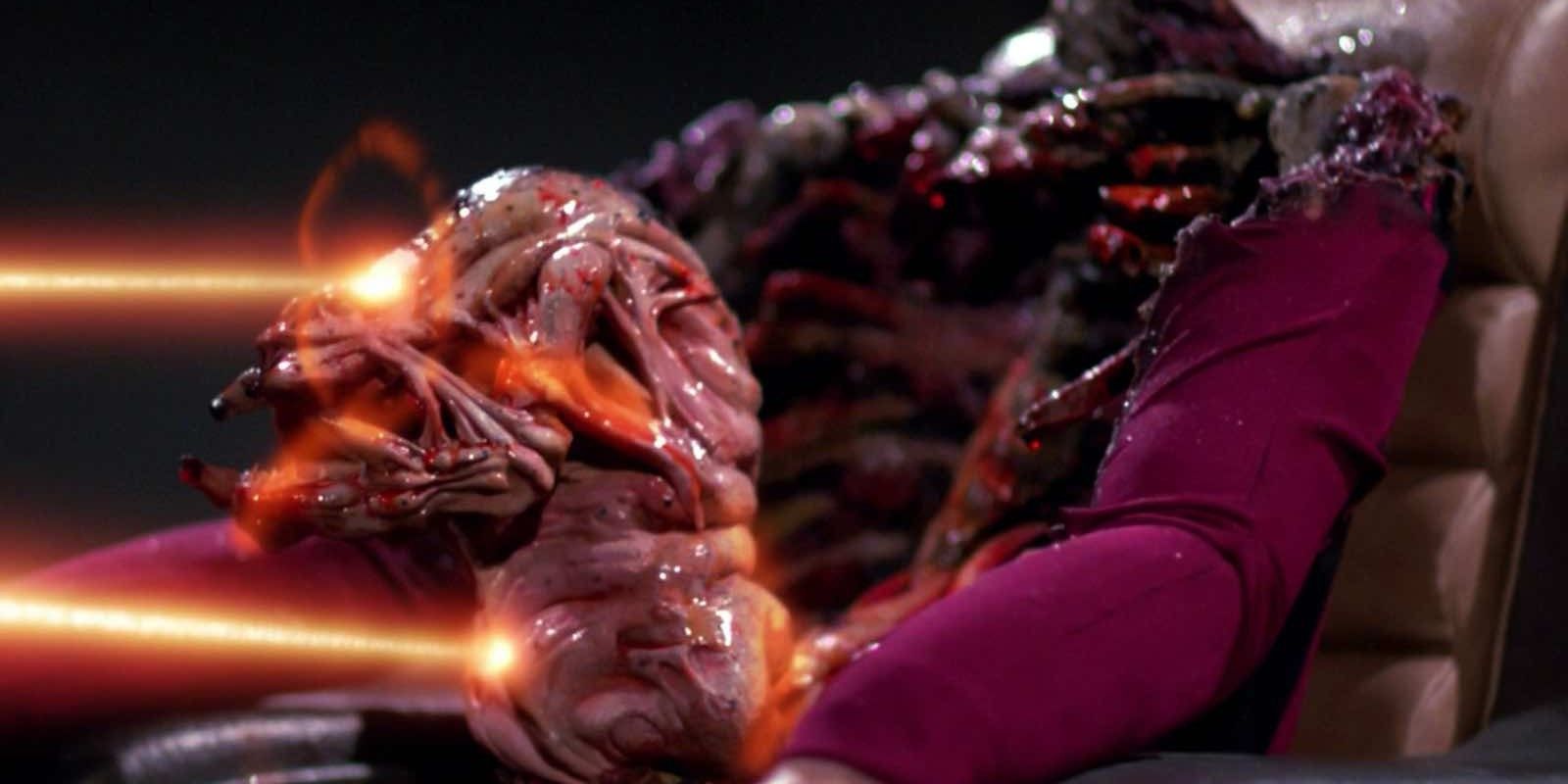
Star Trek rarely delves too deeply into size differences between its comparative species, simply for the expediency of storytelling. Though there are exceptions, most characters are more or less human-sized, capable of being played by actors in make-up rather than expensive special effects. Going larger or smaller only works in the service of the plot, and is usually used for comedic effect, such as the Teenaxi in Star Trek Beyond, or Star Trek: Lower Decks’ use of the giant Spock skeleton.
One big exception comes during Season 1 of Star Trek: The Next Generation, and the infamous episode “Conspiracy.” It features a species of intelligent parasites who take over key members of Starfleet in similar fashion to Invasion of the Body Snatchers. The episode engages in Cronenberg-level body horror, and while it has its share of fierce defendants, it was generally considered too intense for the upbeat space opera at the time. By and large, human-sized aliens have been the order of the day ever since.
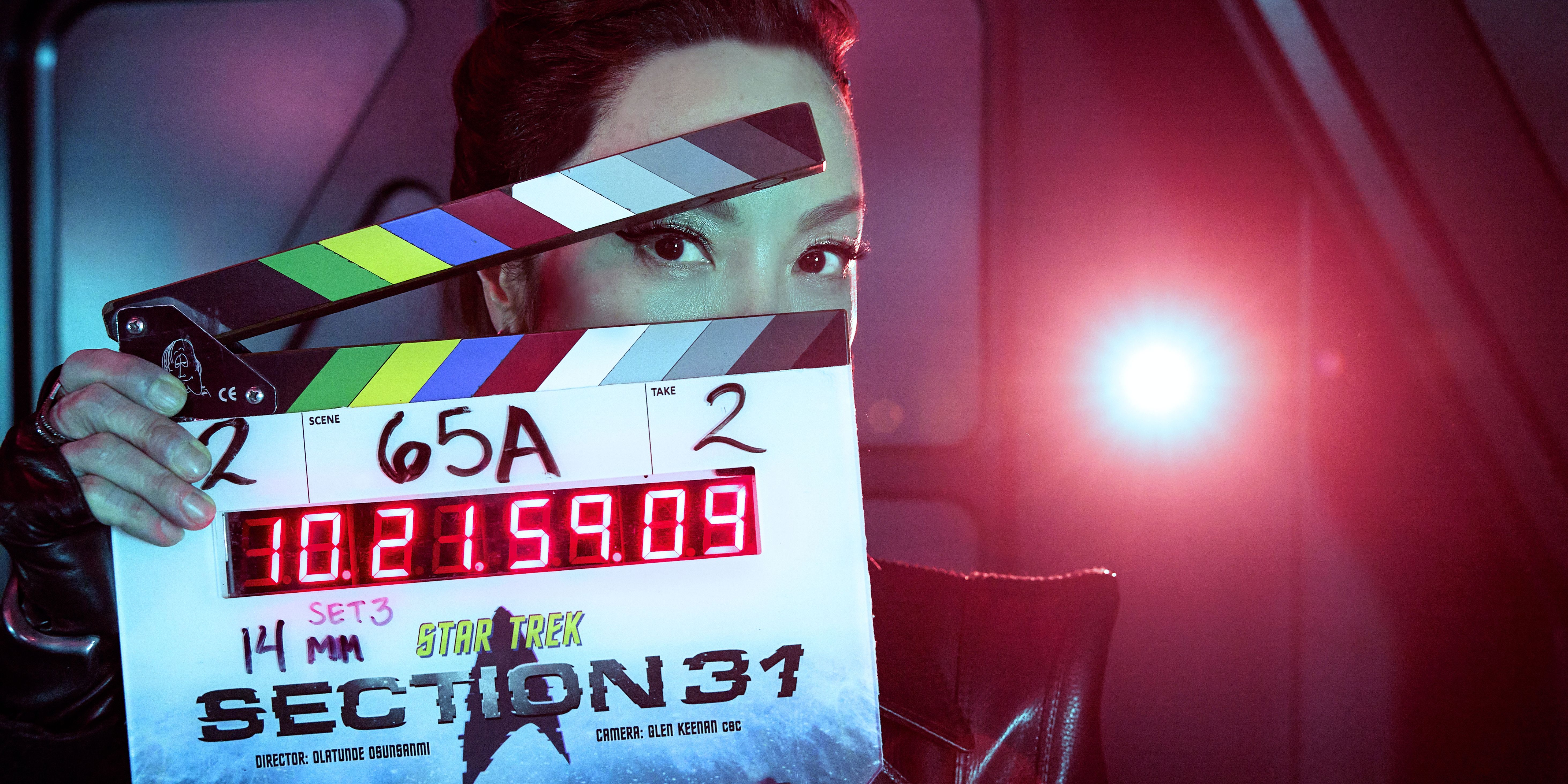
Related
Star Trek: Section 31 Movie Sets Very Unfortuante Rotten Tomatoes Record
Star Trek: Section 31 sets a major record for the franchise, but it’s a very unwanted one.
Traces of that can be seen in Fuzz, though Section 31 dials the squick factor down in favor of the light tone of a caper picture. The parasite notion provides another opportunity to embrace Star Trek’s creed of infinite diversity in infinite combinations. It also allows an actor to effectively play the part, with the help of a few key effects shots. It becomes a part of the joke, with Fuzz ostensibly playing a Vulcan despite multiple giveaways that something’s wrong. He acts with open emotion, sports a deliberately hammy Irish accent, and struggles to convey basic emotions in a convincing manner. That’s because the real being is a tiny parasite, operating a control room in a pod hooked up to an android body.
His utility comes into play with his size. The body can be set on autopilot, allowing the controller to detach and travel anywhere nearby to cause all kinds of mischief. That includes disrupting electronics and surreptitious observation, among other abilities. It also constitutes a quiet bit of world-building, with a figure like Fuzz’s acting as a precursor to future artificial beings like Lt. Commander Data. Data and his brother Lore are created a little more than a decade after the events of Section 31, and Fuzz’s physically convincing chassis feels very much like an immediate technological precursor.
Men In Black Featured Tiny Characters
Section 31 Takes Inspiration from Another Human-Bot
Men in Black arrived in 1997, at a viable low point for comic book adaptations. Joel Schumacher’s Batman & Robin had crashed and burned earlier that summer, leaving the future of superhero movies in doubt. In contrast, The Men in Black Malibu comic didn’t feature superheroes. Instead, it offered a sci-fi universe where the titular organization keeps Earth safe from aliens and supernatural threats. The movie centers almost entirely on beings from outer space, who use Earth as haven for interstellar refugees. It focuses on a pair of agents — Tommy Lee Jones’ K and Will Smith’s freshly minted J — trying to stop a giant cockroach named Edgar the Bug from destroying the world.
The universe doesn’t have a problem embracing all manner of oddly-shaped critters, starting with the cigar-shaped Neeble and his buddies wasting time in the coffee room. Almost none of them are even remotely human in their normal forms, which reinforces the concept that they’re all refugees trying to blend in with humanity. The distinction pays off with a number of brilliant sight gags, most notably Edgar’s exceedingly poor efforts to masquerade as a local. It also informs the movie’s McGuffin: a source of subatomic energy called the Arquilian Galaxy.
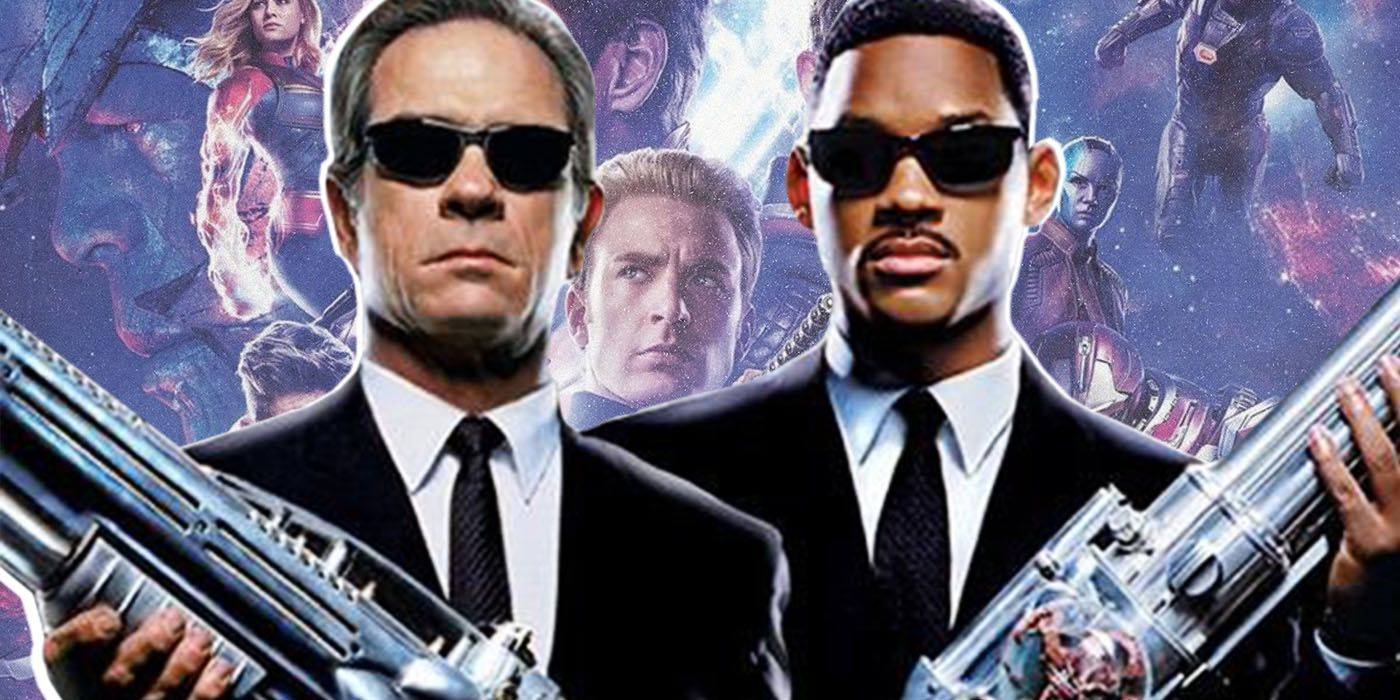
Related
Men in Black’s Original Ending Nearly Went Full Avengers: Endgame
Men in Black is known for how it subtly handles the threat of an all-out alien invasion. But the first movie nearly went full Avengers: Endgame.
It’s an actual galaxy, contained in a jewel about the size of a marble. Edgar wants it, and the Arquilians to whom it belongs, would rather destroy Earth than let him have it. It forms the basis of some of the film’s big themes, notably that size has little bearing on strength or power. The Arquilians themselves are an exceedingly tiny people (just a few inches tall) and yet their starships are enormous and their threat to wipe out the planet very real. Their prince, Gentle Rosenburg, lives in Manhattan under the guise of a human jeweler and keeps the Galaxy as a bauble on the collar of his cat, Orion.
Edgar kills him, but he’s uncovered at the morgue and issues a cryptic warning before expiring from his injuries. The notion plays out quietly elsewhere in the film, such as the observation of the faraway stars, or K’s heartbreaking vigil for one woman in the midst of billions he’s charged with protecting. Frank the Pug states it simply and eloquently when he says: “You humans! When will you learn size doesn’t matter? Just because something’s important, doesn’t mean it’s not very small.”
Section 31 Turns Men in Black’s Example Upside Down
Small Packages Hide Big Surprises
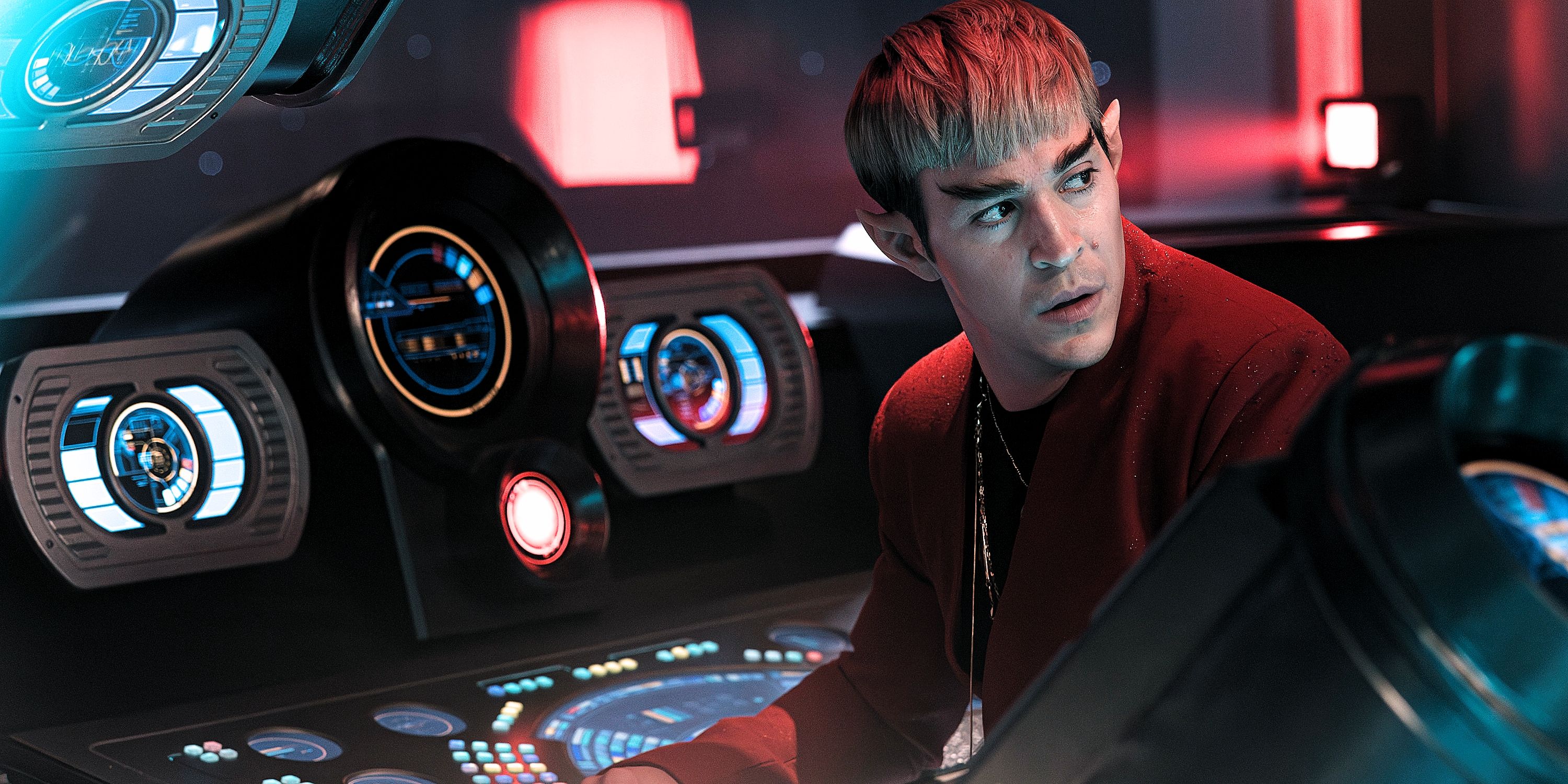
Section 31 isn’t as overtly farcical as Men in Black, but it retains the same lightweight tone, and its underworld setting isn’t intended to get in the way of fun. Fuzz taps into Men in Black’s energy more than any other character, trying badly to pass as a humanoid and fooling absolutely no one. He also confirms Frank’s statement about size in the darkest possible way. He turns out to be the most dangerous member of the team: killing at least one member and coming dangerously close to bringing the rest of them down as well.
The twist is a neat reversal of Men in Black’s Arquilian prince, who is selfless and altruistic until the end. Fuzz will happily exploit the giants in his midst for a very tiny piece of the spoils, and his Vulcan robot proves to be a terrifyingly effective combatant for the same reasons Data is. He comes very close to helping the baddies pull off their terrifying plan, proving Frank the Pug’s adage from the opposite direction. The concept is reliable enough to provide a lot of flexibility as well, with Fuzz’s ex-wife taking over the Vulcan-bot and joining the team at the end of the film.

Related
‘Star Trek Has Always Been a Mirror’: Alex Kurtzman & Olatunde Osunsami on Section 31
Star Trek: Section 31 producr Alex Kurtzman and director Olatunde Osunsami tell CBR how they think the Paramount+ movie fits into the Trek legacy.
It also demonstrates one of the criticisms leveled against Section 31: that it feels more like a pastiche of other science fiction stories rather than a specific Star Trek one. That’s debatable, but the rest of the team all come from recognizable corners of the franchise universe. Men in Black has a wealth of ideas to draw on, and the idea of a tiny character interacting with a seemingly normal-sized universe has too much potential to ignore.
“Ripped off” is far too harsh a term, and Fuzz works quite well as an original character. It’s not hard to spot the creative follow-through, however, and how an earlier science fiction classic provides solid ideas for something new. Fuzz — or some variation — may not return, which would be a shame. There’s enough going on with the concept for Star Trek to give it further attention in the future.
Star Trek: Section 31 is now streaming on Paramount+.
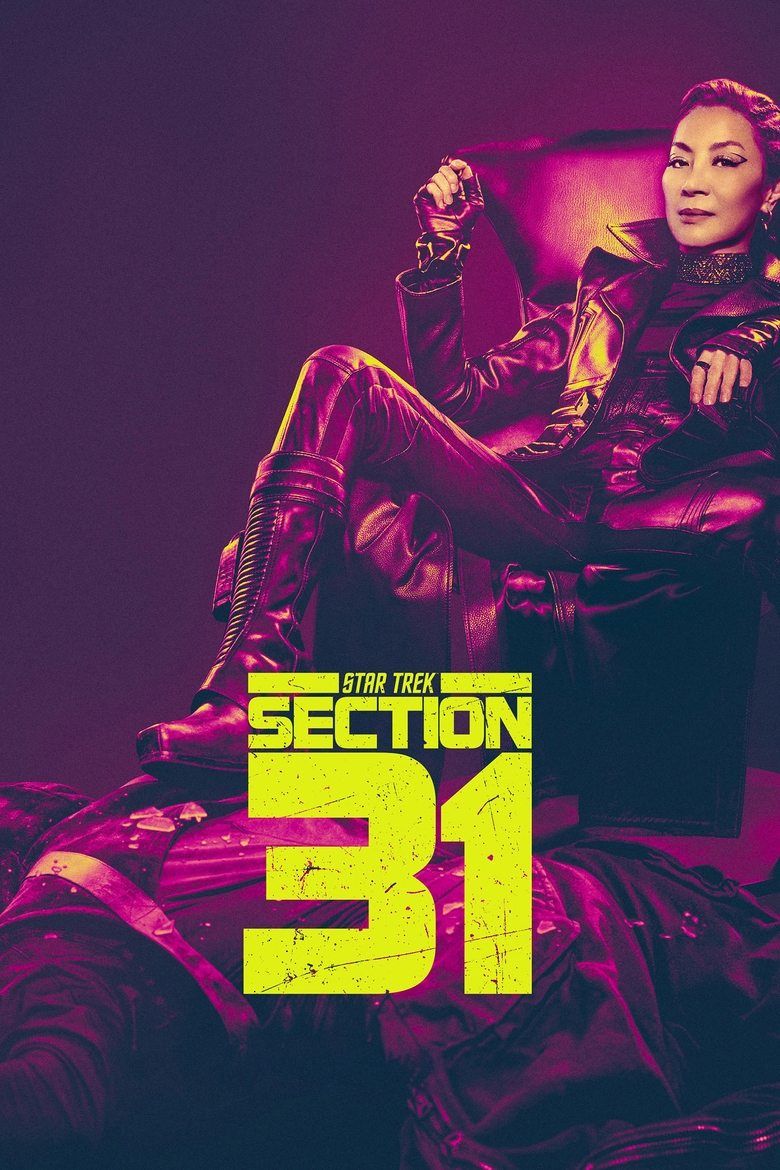
Star Trek: Section 31
- Release Date
-
January 15, 2025
- Runtime
-
96 Minutes
- Director
-
Olatunde Osunsanmi
-

Michelle Yeoh
Emperor Philippa Georgiou
-

Omari Hardwick
Alok Za’ha



